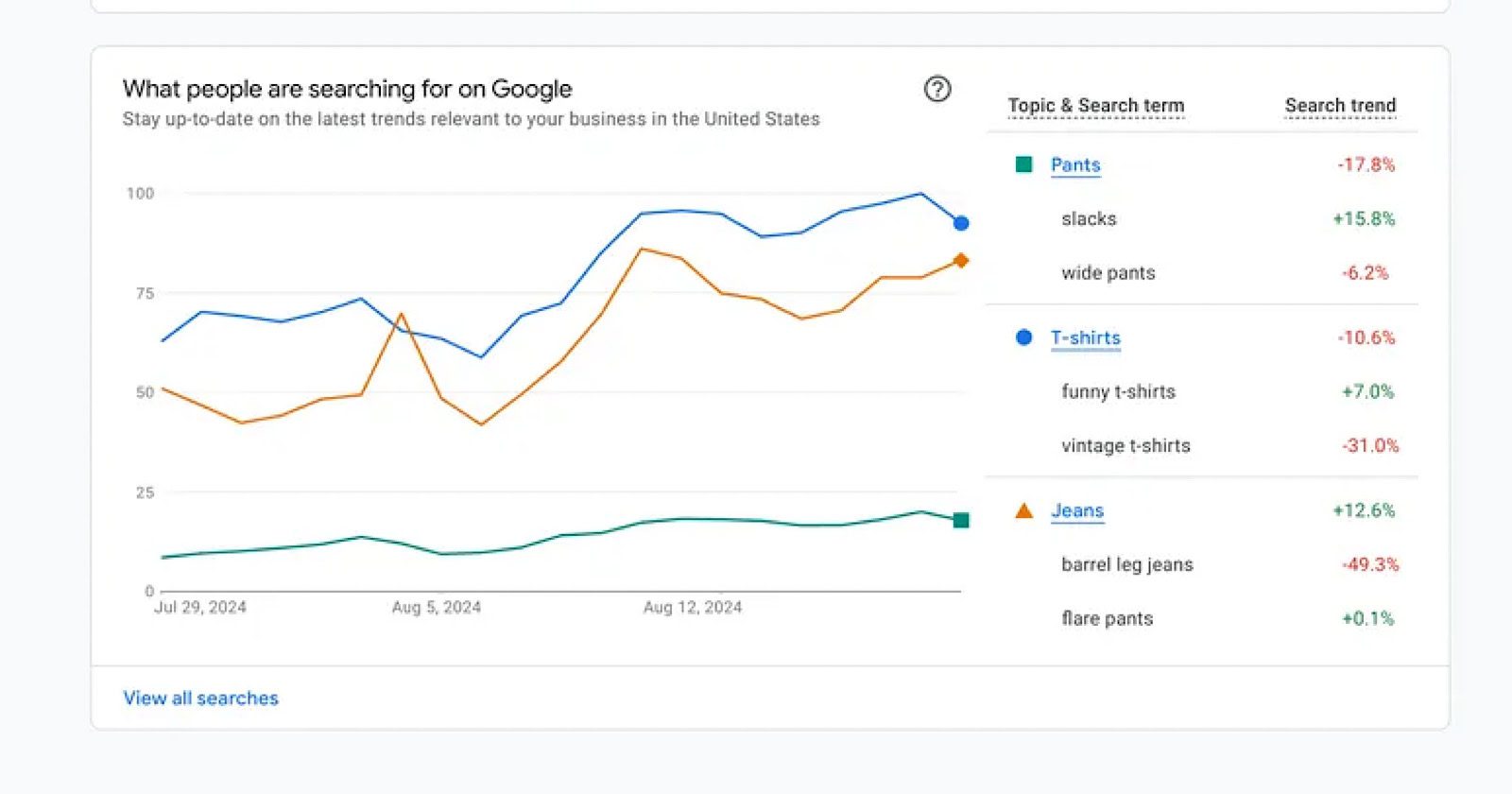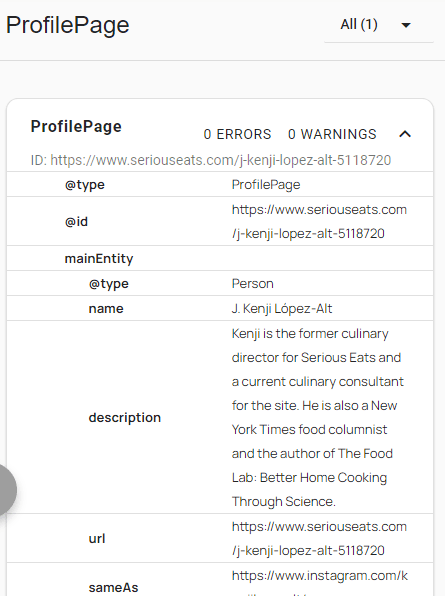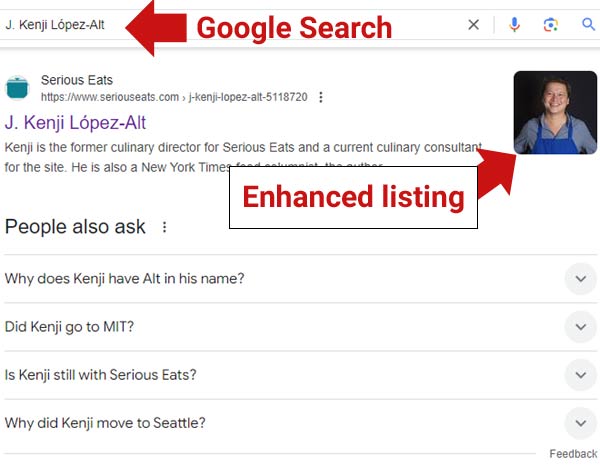Aleyda Solis recently published the results of her SEOFOMO survey that revealed actionable facts about where SEOs are getting their clients, what kinds of clients they’re getting and how they’re promoting themselves to get more clients.
Aleyda Solis (LinkedIn) is a popular digital marketer specializing in International SEO. She publishes the SEOFOMO + MarketingFOMO Newsletters, is well known for promoting best practices in SEO and speaking at search conferences around the world.
This survey, conducted with a self-selected group of 337 respondents, offers a view of how SEO businesses get more business, who their clients are and what they do for them in 2024. The data offers valuable insights for digital marketers who want to grow their businesses.
For example, most of the respondents indicated that their area of specialization is Technical SEO. That makes sense because fixing website issues that make it easy for search engines to crawl, index and understand content is at the hear of what it means to optimize a site for search engines.
This is the kind of work SEOs specialize in:
- 64% Technical SEO
- 60% Content Focused SEO
- 54% SEO Generalist
- 51% SEO Management
- 14% Link Builder
- 8% Other
Only 14% of respondents answered that they build links for clients. That doesn’t mean that link building is not a priority but rather it may reflect that link building continues to be a difficult area to specialize in because of its complexity.
Who Answered The Survey
Aleyda’s survey consists of a sample of 337 respondents who self-identify as SEO specialists.
44% of respondents are Full-Time Agency SEO consultant
32 % are freelance and independent SEO consultants
24% are part-time SEO consultants
6% identified simply as Other
Data About SEO Clients
The results of the survey indicated that most of the respondents work with small and medium sized clients, with 49% working with sites less than 100K URLs and 33% working with client sites containing between 100k to 1 million URLs.
Local search SEO is perhaps the largest segment of small to medium businesses. This market, once challenging to scale with quality service at a reasonable price, has evolved. Today, agencies can partner with platforms like Wix or Duda, which both offer a high-performance website building platform that integrate marketing and SEO tools and also streamline client management and billing. These new technologies enables SEO agencies of any size to more easily scale, allowing them to focus on marketing and SEO rather than the underlying platform technology.
SEOs who self-identified as working with larger clients represented a total of 18% of the respondents. I’ve worked with large multinational B2B companies and there’s good money in it but it’s also can be frustratingly limited to how much influence you can have with the SEO. You just have to take your wins where you can get them and accept that you’ll never get your wish list fulfilled.
This Is Where SEOs Get Their Business
There is a great diversity in where SEOs get their business, which perhaps reflects individual priorities and strengths. Not everyone has the time to be a social media influencer nor the ability to get up and speak in front of audiences at industry events, right?
Referrals
The most highly cited source of clients is referrals from other companies and clients, accounting for 77% of responses. Putting in the hard work to cultivate happy clients and to promote an SEO business pays off in referrals.
Ranking In Search Results
SEOs who focus on ranking for phrases that brings them more clients was the second largest reported source of new clients. This approach makes sense for SEOs who have a geographic reach or who focus on a single vertical like personal injury. Combining a vertical (like personal injury or HVAC) with a geographic market could be easier to rank than trying to rank for the general term, especially given that Google tends to personalize general search queries.
Social Media
Participating in social media was reported by many respondents as a source of SEO clients, with 26% indicating that social media is a source of new clients and referrals.
That totally makes sense. I’ve seen SEOs with little experience come out of nowhere and get SEO business by extensive social media posting and participation in conversations as well as starting conversations. There’s a strong validating component that comes with cultivating a large social media following so it makes sense that social media is an important channel for obtaining referrals.
Something I see in the most successful SEOs who promote with social media is that they don’t tend to post on controversial topics like politics but do tend to get behind popular causes. Social media is a lot of work but the SEOFOMO survey validates social media as an important channel to focus on for building a client base.
Events
Twenty five percent of respondents cited Events as a channel for cultivating clients. Speaking at events can be a good way to get clients or at least to build a good reputation that leads to client referrals.
Speaking at events can be tricky because you have to have something interesting to say but it can’t be too complicated because you’re going to lose or bore the audience. I’ve been speaking at events since around 2004 and have seen others freeze in fear, spontaneously utter crazy things or bore the audience with a monotone speaking style (which is why I sometimes choose to speak first!).
Here are the top sources of SEO client business:
- Client Or Company Referrals 77%
- SEO 39%
- Social Media 26%
- Industry Events 25%
- Blog Posts, Studies, Research
- Other 15%
- Cold Outreach 14%
- 9% Paid Outreach
Getting Clients Requires Proactive Work
Despite that so many SEOs reported receiving client and company referrals, reaching that point requires putting in the time to cultivate happy clients, marketing their business in person and online, and demonstrating thought leadership. Everyone has their superpower, some are great speakers, some are great thinkers. Some SEOs find happiness making videos and while others are more comfortable sharing on podcasts. Whatever your superpower is, get out there to discover it then be the best at what you excel at.
Read the results of the survey here:
The SEOFOMO State of SEO Consulting – Survey 2024 Results
Featured Image by Shutterstock/Khosro












